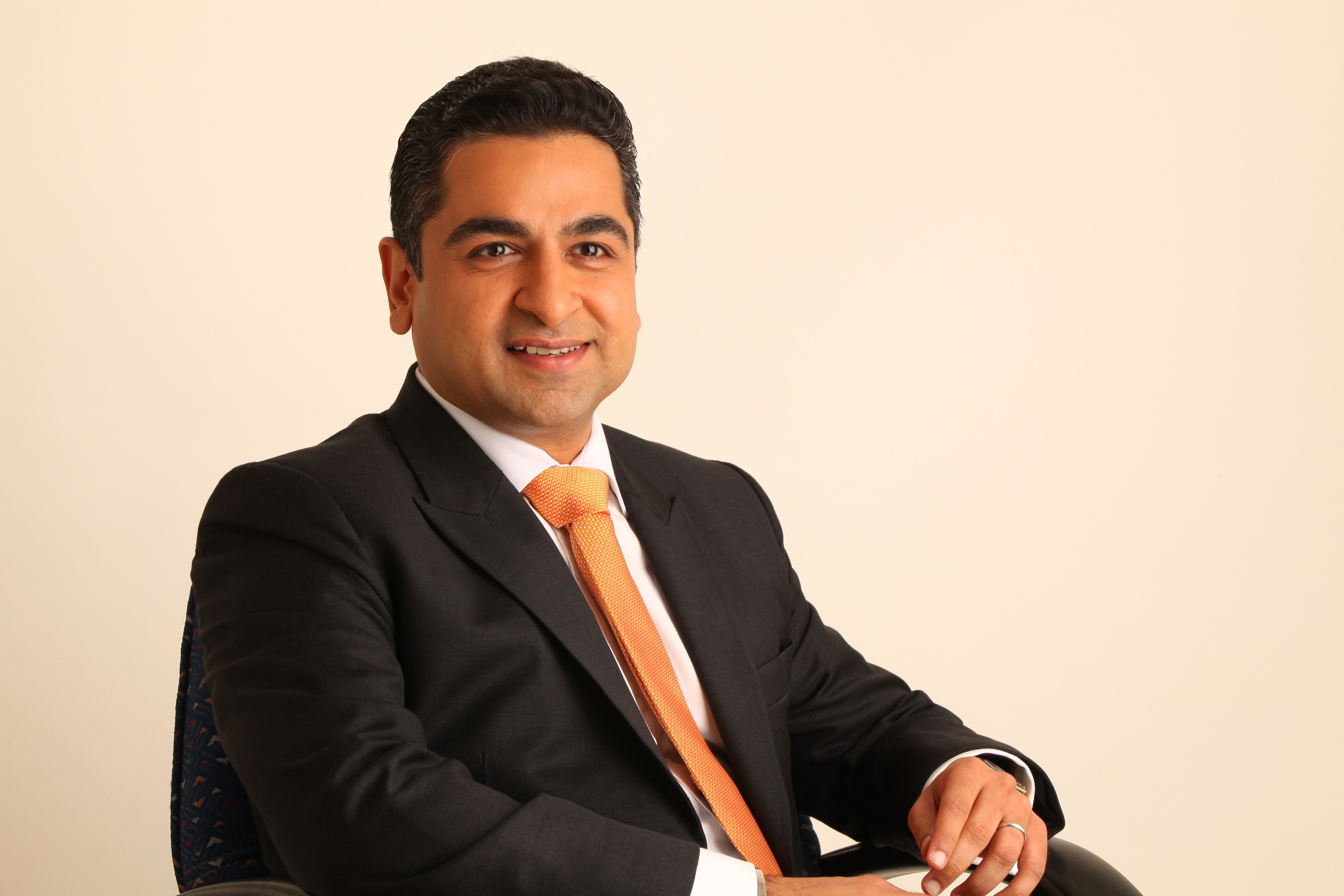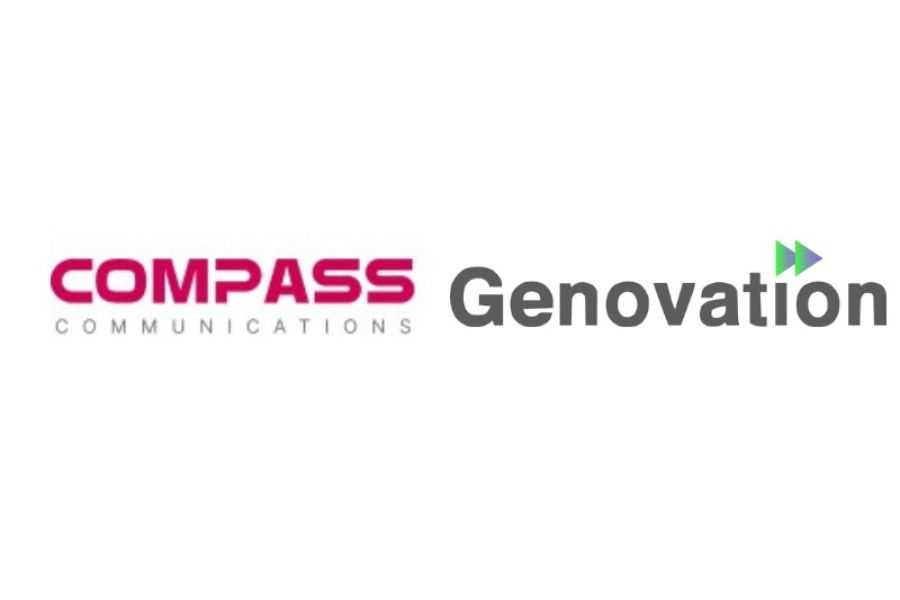It was in 2013 that GolinHarris entered into a JV with IPG entity Lowe Lintas & Partners’ PR unit LinOpinion to form a new entity - LinOpinion GolinHarris (LinOpinion GH). Even as he wears two hats of being ED for Lowe Lintas & Partners and PR agency LinOpinion GH, Ameer Ismail believes that the JV with Golin Harris has brought structural play to the organisation.
He said, “It is an answer to the questions raised during the transitional period. We’ve ensured that as part of the JV there has been significant upscaling and training of people to fit into this structure. In year one, we’ve seen global colleagues visit our offices, we’ve had training modules and an Asia training head has been hired to that effect.”
He noted how, going forward, one may see a communication firm functionally united, and not operating separately as an advertising agency and a communication firm. “If you remain true to the client brief and look at it from a PR and storytelling lens, fit it into the overall strategy that you want to achieve for the client, the content that you create is far more different in the sense that it has objectives, direction, a medium and creativity. Ad agencies can do the same but they don’t. If you look at any agency, the thinking is changing but the disciplines are distinctly different currently. Maybe tomorrow you won’t have advertising agencies and PR agencies but communication firms functionally united. Many clients realise that they need to have PR within the mix because the traditional model of PR is almost over. You have to look at different ways of being creative and of creating better mediums.”
Real-time feedback and managing the reaction remains a challenge for PR agencies. Clients are yet to understand the impact of real-time feedback, “which today is a two-way street,” he said. Sharing an example, he said, “Suddenly there is someone who has not got the tickets from a contest and you’ve got a social media abuzz, which can take a turn for the worse. The dynamics have changed so drastically. If you don’t manage that piece that fantastically, it can damage the reputation of any brand. That’s the biggest challenge. PR agencies nowadays are not structured to deal with changing reality. The monitoring part is easy, as you have tools to help you. It’s a question of how you react and respond and do you have a proper mechanism that involves the client as well because you cannot do it solo. Those are the realities that agencies are still gearing up towards.”
When it comes to business aspect, Ismail believes that India is going to be a unique play. “I see the business model and evolution of social media services to be quite different from the rest of the world. It has to argue in its own way. Indian clients are more skewed, evolved and budgeted in the sense that they are talking about services that will reach out to marketers and help them market through social media. They are taking the entire model to a different level. We’re in the beginning of that journey,” he said.
What fed this need to join hands with a global partner is how the industry is transforming. Ismail noted that clients as well as agencies felt the need for change but nobody was doing anything about it.
“Golin on the other hand recognised this five years ago and decided to transform their working model to reflect the new reality. They evolved G4, which is a unique model from a PR agency perspective. Within the model, they recognised the importance of seamless transitioning between new media and traditional media. The G4 model brings together a new way of working that if brought together can make PR break the mould. At the core of G4 is The Bridge – social media listening, community management, social media management etc forming the core and that really leads to dynamic ideation within various teams across our offerings,” he explained.
The shift from just being ‘image managers’ is where PR as a function is heading towards, he stated. “PR today is getting a window to leading a thought process with a client. The boundaries have blurred. You have today that kind of connections happening from within PR. For us because of our parentage, you can actually take a PR brief and connect it with a lot of competencies within our group. We’re seeing that clients today are willing to extend their budget if you find abilities to be layered with what you currently do.”
Elaborating on PR as a communication outlet, he said, “I’ve always believed that we’re communications specialists. There are clients that need you to be a communications expert. The wider the ambit of knowledge is the more you can value add to a client. Then there are tools and rules about how to take a communication forward which can entail advertising, activation and more. Sometimes there’s a great ad campaign that can be cascaded much further out of a PR multiplier.” But the choice, he states, will ultimately lie with what the client wants. “Clients have to decide where the start point is and where they want it to go. But if you have a planning hat, then you can think of a destination and a proper planned route to get there.”
Being content creators is another aspect that has started to find its way into PR’s core function, he notes. “PR needs to tell interesting stories, which can be in multiple formats. PR storytelling needs to be far more visual and there is need to change or tweak written content, which is why we put 90 per cent of our energies into visually dynamic content. You’re seeing such trends change the landscape even in buying behaviour and in media consumption patterns.”
With additional services being offered come corresponding prices. “PR fee rates have been hovering in the same level for the past decade and everybody has been fighting to eat from the same pie. There have been new brands that have grown the overall market, so size has become significant. Over two decades, scale has grown immensely.”



